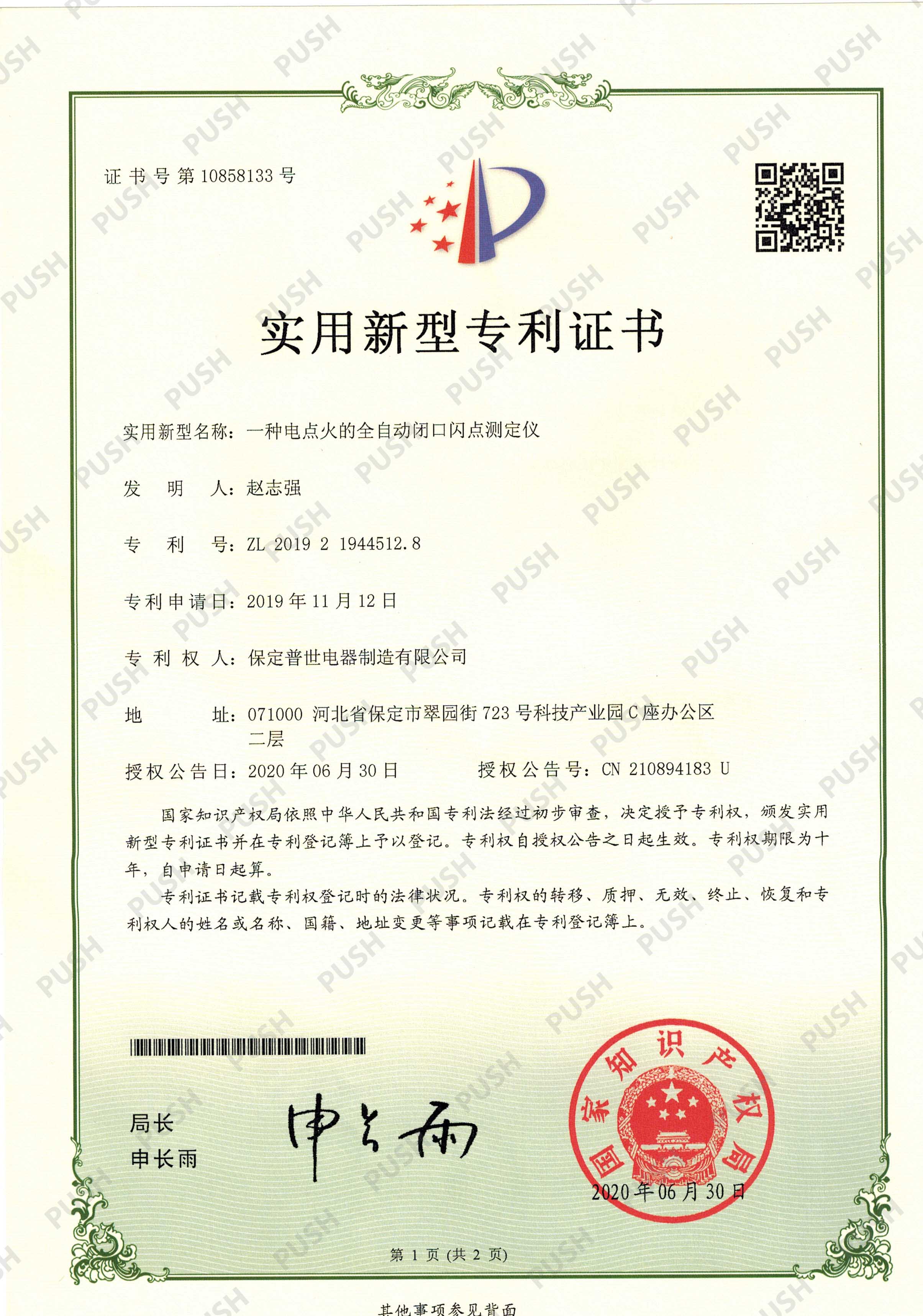 English
English



-
 Afrikaans
Afrikaans -
 Albanian
Albanian -
 Amharic
Amharic -
 Arabic
Arabic -
 Armenian
Armenian -
 Azerbaijani
Azerbaijani -
 Basque
Basque -
 Belarusian
Belarusian -
 Bengali
Bengali -
 Bosnian
Bosnian -
 Bulgarian
Bulgarian -
 Catalan
Catalan -
 Cebuano
Cebuano -
 China
China -
 China (Taiwan)
China (Taiwan) -
 Corsican
Corsican -
 Croatian
Croatian -
 Czech
Czech -
 Danish
Danish -
 Dutch
Dutch -
 English
English -
 Esperanto
Esperanto -
 Estonian
Estonian -
 Finnish
Finnish -
 French
French -
 Frisian
Frisian -
 Galician
Galician -
 Georgian
Georgian -
 German
German -
 Greek
Greek -
 Gujarati
Gujarati -
 Haitian Creole
Haitian Creole -
 hausa
hausa -
 hawaiian
hawaiian -
 Hebrew
Hebrew -
 Hindi
Hindi -
 Miao
Miao -
 Hungarian
Hungarian -
 Icelandic
Icelandic -
 igbo
igbo -
 Indonesian
Indonesian -
 irish
irish -
 Italian
Italian -
 Japanese
Japanese -
 Javanese
Javanese -
 Kannada
Kannada -
 kazakh
kazakh -
 Khmer
Khmer -
 Rwandese
Rwandese -
 Korean
Korean -
 Kurdish
Kurdish -
 Kyrgyz
Kyrgyz -
 Lao
Lao -
 Latin
Latin -
 Latvian
Latvian -
 Lithuanian
Lithuanian -
 Luxembourgish
Luxembourgish -
 Macedonian
Macedonian -
 Malgashi
Malgashi -
 Malay
Malay -
 Malayalam
Malayalam -
 Maltese
Maltese -
 Maori
Maori -
 Marathi
Marathi -
 Mongolian
Mongolian -
 Myanmar
Myanmar -
 Nepali
Nepali -
 Norwegian
Norwegian -
 Norwegian
Norwegian -
 Occitan
Occitan -
 Pashto
Pashto -
 Persian
Persian -
 Polish
Polish -
 Portuguese
Portuguese -
 Punjabi
Punjabi -
 Romanian
Romanian -
 Russian
Russian -
 Samoan
Samoan -
 Scottish Gaelic
Scottish Gaelic -
 Serbian
Serbian -
 Sesotho
Sesotho -
 Shona
Shona -
 Sindhi
Sindhi -
 Sinhala
Sinhala -
 Slovak
Slovak -
 Slovenian
Slovenian -
 Somali
Somali -
 Spanish
Spanish -
 Sundanese
Sundanese -
 Swahili
Swahili -
 Swedish
Swedish -
 Tagalog
Tagalog -
 Tajik
Tajik -
 Tamil
Tamil -
 Tatar
Tatar -
 Telugu
Telugu -
 Thai
Thai -
 Turkish
Turkish -
 Turkmen
Turkmen -
 Ukrainian
Ukrainian -
 Urdu
Urdu -
 Uighur
Uighur -
 Uzbek
Uzbek -
 Vietnamese
Vietnamese -
 Welsh
Welsh -
 Bantu
Bantu -
 Yiddish
Yiddish -
 Yoruba
Yoruba -
 Zulu
Zulu
to measure the dielectric strength of transformer oil
Measuring the Dielectric Strength of Transformer Oil
Transformer oil plays a critical role in the functionality and durability of electrical transformers. Its primary purpose is to insulate and cool the transformer components, ensuring they operate effectively under high voltage conditions. One of the essential properties of transformer oil is its dielectric strength, which is a measure of the oil's ability to withstand electrical stress without undergoing breakdown. Understanding and measuring the dielectric strength of transformer oil is crucial for maintaining the reliability of transformers and preventing costly failures.
Dielectric strength is defined as the maximum voltage that an insulating material can withstand without experiencing failure (breakdown). For transformer oil, this is typically expressed in kilovolts per millimeter (kV/mm) or kilovolts (kV) across a specific distance. The dielectric strength of transformer oil is influenced by several factors, including the oil's purity, moisture content, temperature, and the presence of contaminants such as particulate matter or other chemicals.
To measure the dielectric strength of transformer oil, a standardized testing procedure is followed, often using ASTM D1816 or IEC 60156 methods
. These methods provide a reliable means to evaluate the dielectric properties of the oil under controlled conditions.to measure the dielectric strength of transformer oil

The testing setup typically involves a testing cell with two electrodes positioned at a defined distance apart, immersed in the transformer oil sample. An alternating current (AC) voltage source is then applied to the electrodes, gradually increasing the voltage until a breakdown occurs. The voltage level at which breakdown occurs is recorded as the dielectric strength of the oil.
It is important to handle the transformer oil carefully throughout the measurement process to avoid any contamination. Contaminants can significantly reduce the dielectric strength of the oil, leading to misleading results. Therefore, prior to testing, the oil should be filtered and subjected to tests for moisture and other impurities. Additionally, the testing environment should be controlled for temperature and humidity, as these factors can also affect the results.
A high dielectric strength indicates that the transformer oil is in good condition and suitable for use in high-voltage applications. In contrast, a low dielectric strength may signal that the oil is degraded or contaminated, necessitating further investigation, treatment, or replacement. Regular monitoring of the dielectric strength of transformer oil can help in predictive maintenance practices, ultimately extending the life of electrical equipment and preventing unpredicted failures that can lead to significant downtime and repair costs.
In conclusion, measuring the dielectric strength of transformer oil is an essential practice in the maintenance and operation of transformers. It ensures that the insulating properties of the oil remain effective, allowing the transformer to function optimally under high voltage conditions. Adhering to standardized testing methods and ensuring the purity of the oil sample are critical components of accurately assessing dielectric strength. By doing so, engineers and maintenance teams can make informed decisions regarding the condition of transformer oil and the overall health of transformer systems. Therefore, understanding and measuring dielectric strength is not just a technicality but a vital component of electrical infrastructure management.
-
Testing Equipment Industry Sees Major Advancements in 2025: Smart & Precision Technologies Lead the WayNewsJun.06,2025
-
Applications of Direct Current Generators in Renewable Energy SystemsNewsJun.05,2025
-
Hipot Tester Calibration and Accuracy GuidelinesNewsJun.05,2025
-
Digital Circuit Breaker Analyzer Features and BenefitsNewsJun.05,2025
-
Benefits of Real-Time Power Quality Monitoring Devices for Industrial EfficiencyNewsJun.05,2025
-
Earth Fault Loop Testing in High-Rise Building Electrical SystemsNewsJun.05,2025



